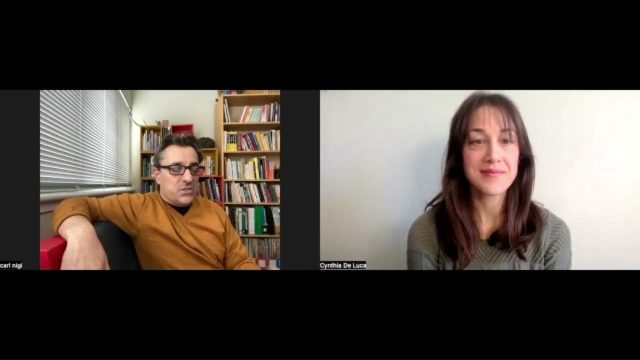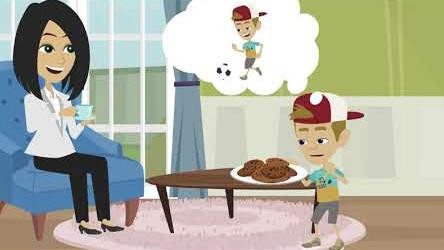Five Steps to Boost a Young Dyslexic’s Self-Confidence

Dyslexia, often described as a hidden reading disability, causes difficulty in learning to read or interpret words, letters, and other symbols. Dyslexia denies many children the opportunity to discover the joys of reading. As their peers’ ability to read grows, their efforts end up with frustration, pain and tears. Many parents cannot even imagine their children could be reading for fun one day.
Although many dyslexics overcome their reading struggles during their educational life, the biggest lingering impact may be life-long stains on the self-confidence that affects these individuals negatively throughout their adulthood and in many walks of life.
Here are five steps for parents and educators to proactively attack this challenge and strengthen the self-esteem at an early age:
- Early Diagnosis: As many things in life, challenges are easier to resolve while they are small and contained. Watch out for the early signs of dyslexia and get children tested if needed.
- Build on Strengths: If there is a positive diagnosis, understand their strengths and weaknesses. While working on improving the weaknesses, such as reading, writing and spelling, never lose focus on their strengths. Core strengths are the strongest path to building self-confidence. They come naturally and flourish more easily.
- Positive Reinforcement: Praise children’s efforts, not the sole results. Building reading, writing and spelling skills can be a lengthy journey and focusing on results may dishearten all involved.
- Celebrate Your Child: Encourage children to explore their passions. Arts, sports, design are all creative ways to tap into their natural potential. Learning happens easier when the brain is engaged and they feel empowered.
- Right tools: As Albert Einstein, a famous dyslexic, says: “Everybody is a genius. But if you judge a fish by its ability to climb a tree, it will live its whole life believing that it is stupid.” Give children the right books to read. Low-level/high-context books may be helpful for early readers and young dyslexics. Such books will bring fewer struggles and tears to the whole reading experience.









